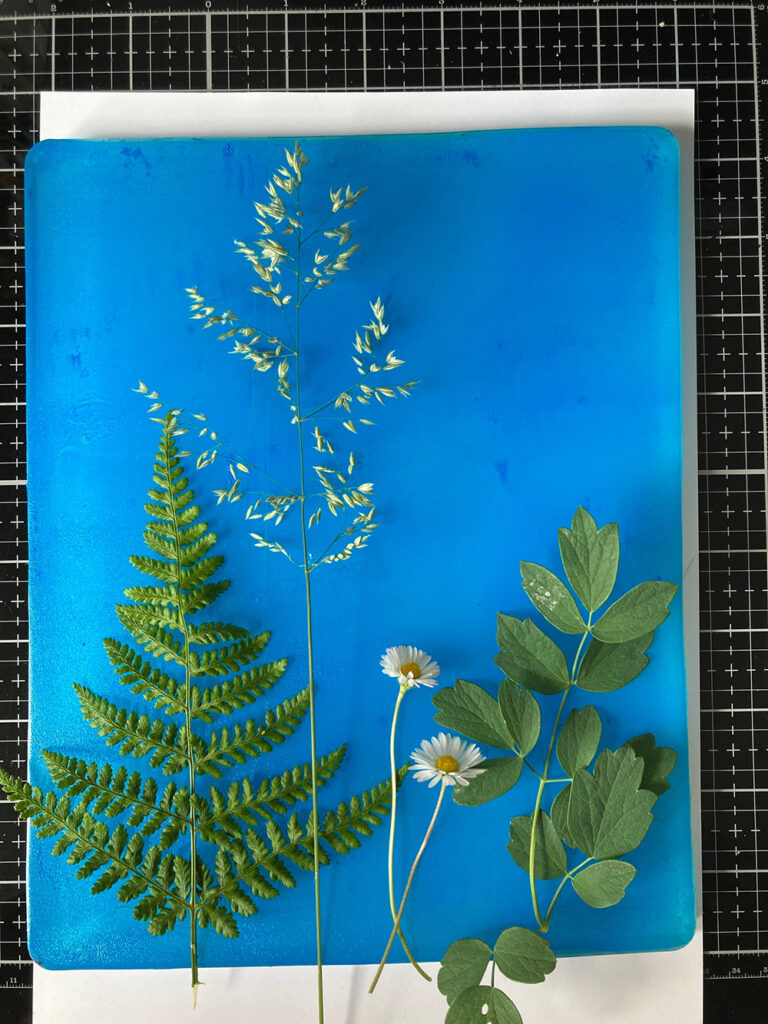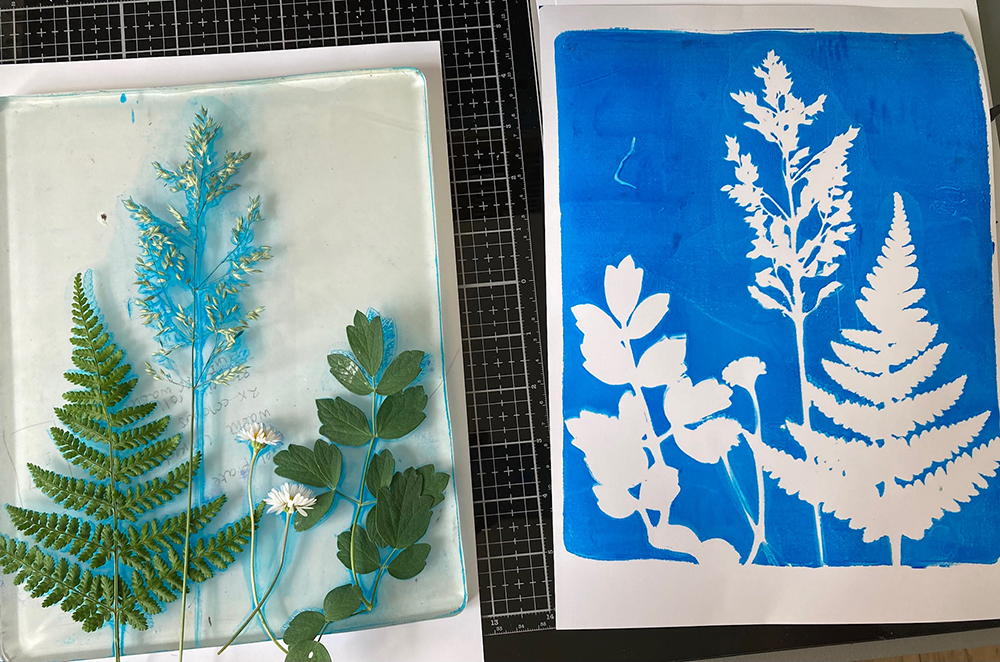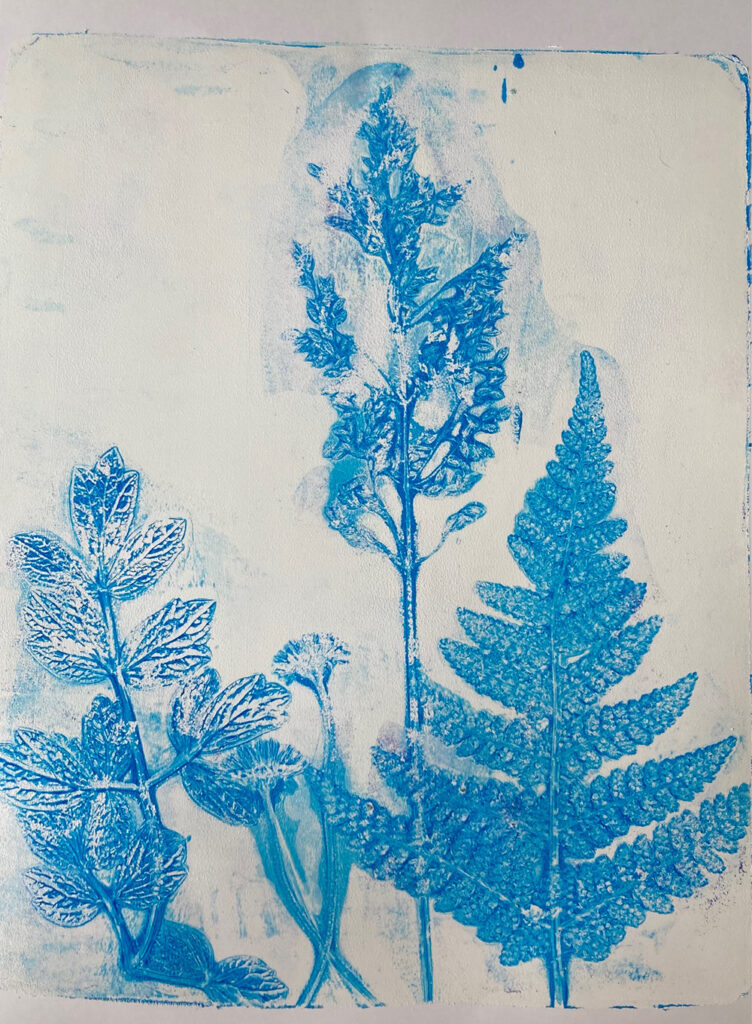Sir John Herschel first made the cyanotype print above 170 decades ago. His method works by using UV gentle-sensitive photographic paper which turns blue when uncovered to the solar. The distinctive dim blue qualifications is quite popular in household décor at the instant. With a wealth of foliage & bouquets in our gardens at present it is quick to deliver your personal fake cyanotype print simply with a gel push plate.
Collect your components

You will will need:
Use a foundation layer

Use a cyan coloured acrylic paint on to your gel plate with a brayer. You have to have to work immediately so the paint does not dry out and you are aiming for a skinny layer.
Location your botanicals onto the gel plate. You will need to be speedy performing this so a top rated suggestion is to consider out compositions right before putting any paint onto the gel plate so that you have a tough notion.
Pull your very first print

Pull you 1st print by inserting a piece of paper in excess of the botanicals and plate and press down with your palms. Utilize pressure all over the plate, shelling out particular notice to the botanicals. Try out and get in between the stems and about the petals. Very carefully take out the paper. This is your basic print which gets rid of most of the paint. It intently resembles the photographic kind cyanotype print. Take out the botanicals and most importantly go away the remaining paint on the plate to dry ahead of proceeding.
Get ready the next layer

Now apply a quite, very slender light-weight colored acrylic paint on to the plate with a brayer. If you insert far too significantly just roll the excess off on to some scrap paper.
Pull the ghost print

Position a sheet of paper over the gel plate and rub with your arms all above the surface area. Carefully peel off the paper. This is named a ghost print or the second print, generally this print is lighter in color and has a pale visual appearance. You will see that all the element veining of the leaves, grasses and petals arrives out on this second print.
Some much more concepts

If you’ve savored making your to start with cyanotype print why not have a go at these ideas:
- Mixing two or a few dark colours onto the gel plate as your to start with layer. You could consider contrasting colors and blend them exactly where they meet, or colours that sat close to each other on the colour wheel
- Mixing two unique light colors onto the gel plate as your second layer
- Use your to start with prints all over again at possibly the first or next stage. Aim for plenty of layers!







